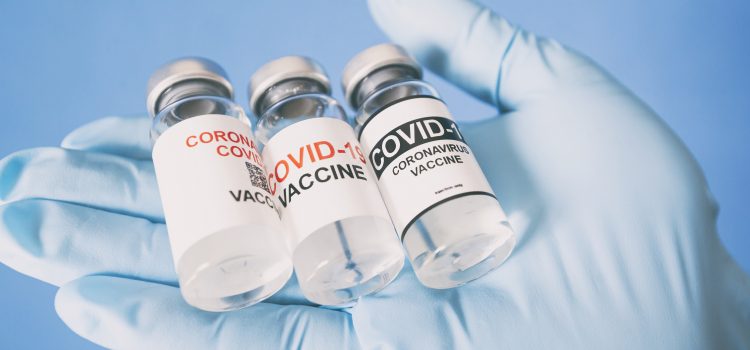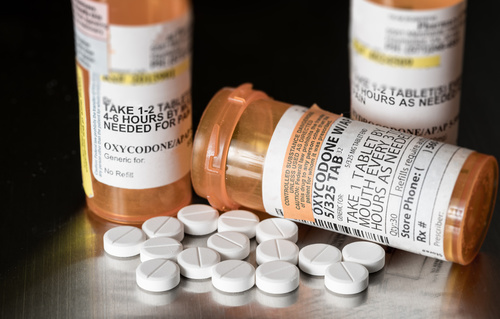It’s been established that being “fully vaccinated” against SARS-CoV-2 means not only the full course of initial shots but also all available booster shots. One challenge in advising patients accordingly is that recommendations keep changing. The latest revelation from the Food and Drug Administration is that doses of booster shots may be modified by autumn 2022 in order to include some version of the omicron variant that has proved to be dominant since its discovery. …
Read More









